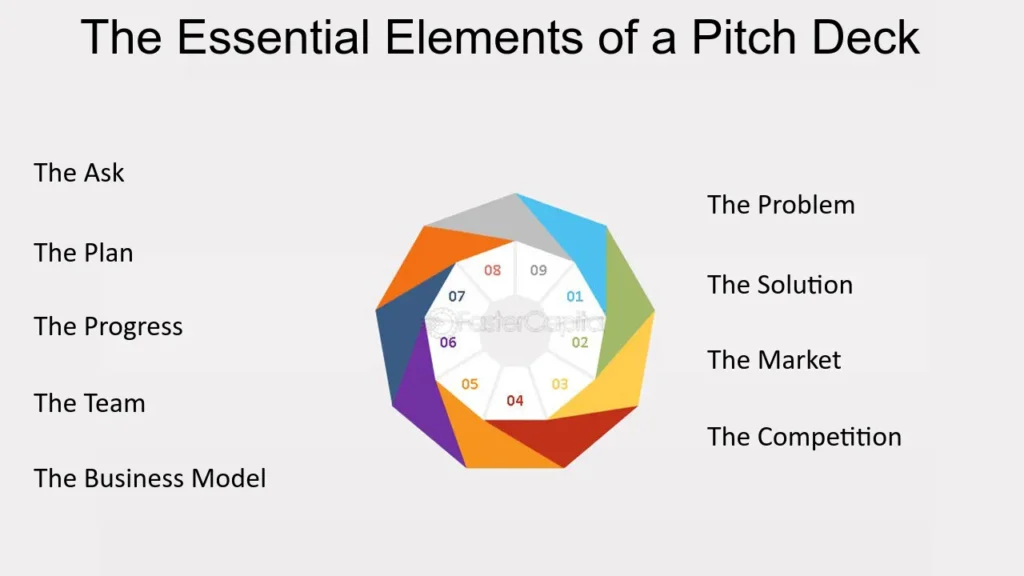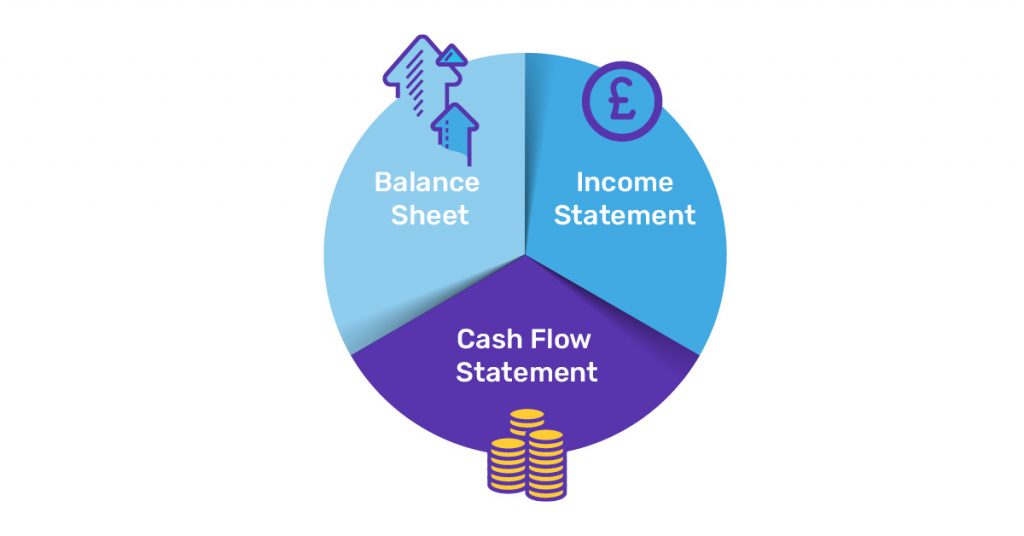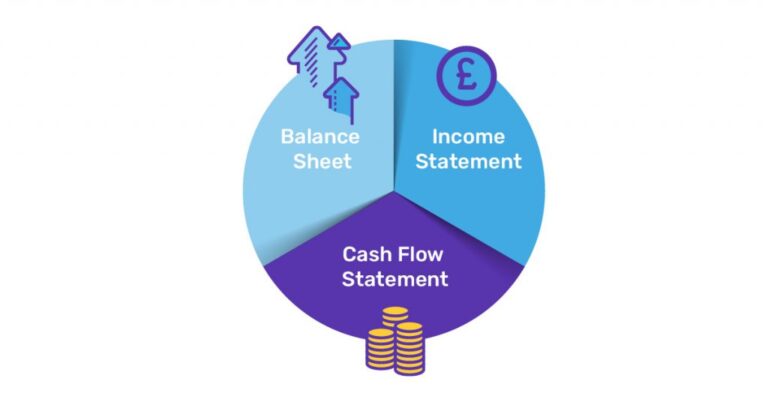A pitch deck is more than just a presentation tool; it is a vital asset for any startup founder, especially when the goal is to secure investors or raise funds. The pitch deck is central to fundraising, often distinguishing between success and missed opportunities. Given its importance, how your pitch deck is crafted can significantly influence your ability to attract the investment needed to grow your business.
Investors are inundated with numerous pitch decks yearly, meaning standing out is essential. To help you navigate this competitive landscape, here are five effective strategies designed to make your pitch deck memorable and compelling enough to capture the attention of potential investors. By implementing these strategies, you can ensure that your pitch deck rises above the rest and leaves a lasting impression.
Understanding a Pitch Deck
A pitch deck is a concise, visually appealing presentation that outlines all the critical information an investor (such as an angel investor or venture capitalist) needs to know about a startup. This document is a compelling snapshot that captures the investor’s attention and fosters ongoing discussions that could lead to an investment deal.
What a Pitch Deck Is Not
Many new entrepreneurs mistakenly believe a pitch deck is the same as a business plan. However, these are two distinct documents. Confusing the two can hinder your chances before you even present your idea.
Just as a business plan should precede a pitch deck, crafting a detailed and realistic business plan is the first step toward creating a successful pitch. For help with your business plan, consider using tools like our online platform, PitchPrep, specifically designed to guide founders in formalising their business concepts.
What Does an Effective Pitch Deck Include?

A well-crafted pitch deck typically comprises 15-20 slides summarising your business plan, product or service, target market, financial goals, funding needs, and other vital metrics. This is a substantial amount of information to condense into a small presentation, but following these five tips will help ensure your pitch deck is informative and engaging.
Tip 1: Follow the Three Cs: Prepare, Construct, Create
These three phases—Prepare, Construct, and Create—are crucial to developing a winning pitch deck. Skipping any step can result in a deck that fails to capture attention.
Prepare: Begin by developing two critical assets: a persuasive business plan and accurate financial projections. These documents must meet investor expectations, withstand scrutiny, and clearly demonstrate the market fit of your product or service.
Construct: Next, distil the information from your comprehensive business plan and financial projections into 15-20 slides. Each slide should be concise, containing no more than 100 words, and every word should be chosen carefully to convey powerfully the key message of your business and its potential.
Create: Transform your content into a professional and visually appealing presentation. This phase is all about design—using typography, diagrams, images, and infographics to make your pitch informative and visually compelling.
Tip 2: Ensure Essential Elements Are Included

Your pitch deck should contain the following elements:
- Introduction: Provide an overview of your business and your unique value proposition—what separates your product or service.
- The Problem: Identify the pain point your target market faces, which your product or service aims to solve.
- The Solution: Explain how your product or service addresses this pain point and why it’s indispensable to your customers.
- Target Market: Define your audience, the market size, and the potential reach of your product or service.
- Competition: Identify your competitors and highlight what you will do better.
- Traction: Show proof of concept through customer data, surveys, or other validations demonstrating your business’s viability.
- Marketing Strategy: Outline how you will bring your product or service to market and differentiate yourself from competitors.
- Team: Introduce your team, highlighting their roles and why their expertise increases the likelihood of your success.
- Financial Projections: Use infographics to make the information accessible and provide a forecast of your company’s financial journey over the next three to five years.
- Investment: State how much investment you are seeking and how you intend to use it.
- Exit Strategy: Detail your exit plan and how the investor will benefit. This shows that you have a comprehensive vision for the venture’s lifecycle and ensures the investor’s return on investment is a priority.
Tip 3: The Power of Storytelling Your pitch deck should not just present facts and figures, but should tell a compelling story that engages potential investors. By connecting emotionally and intellectually with your audience, you can make your pitch more memorable and engaging.
Your pitch deck should engage potential investors by telling a compelling story. Avoid overwhelming them with dry facts and figures; connect emotionally and intellectually with your audience.
Structure your story using the traditional five-act format:
- The Hook: Capture interest with an engaging or emotional introduction to your business.
- The Essence: Convey your business’s purpose, what you do, and why.
- The Evidence: Use data from your market research to prove the demand for your product or service.
- The Plan: Show that you have a solid plan for growth and a clear path to success.
- The Ask: Conclude your pitch deck with a clear and compelling call to action. Whether it’s a direct investment request or an invitation for further discussion, a strong call to action can make potential investors feel more motivated and involved in your business.
Alternating between narrative and informational slides will keep your audience engaged and ensure they remain invested in your story from beginning to end.
Tip 4: Impress with the Power of Design Design is a critical component of your pitch deck.
A well-designed pitch deck not only enhances the impact of your words but also makes potential investors feel more impressed and confident in your business.
Design is a critical component of your pitch deck. Good design enhances the impact of your words, making them more persuasive. The brain processes images much faster than text, and a visually compelling pitch deck can increase your chances of securing investment.
Ensure that your design elements—typography, colour schemes, and graphics—complement and reinforce your message. A well-designed pitch deck signals to investors that you are professional, detail-orientated, and serious about your business.
Tip 5: Leave a Lasting Impression

Always provide investors with a printed copy of your pitch deck to take with them. This serves as a reference and reinforces the key points you presented, ensuring your pitch stays fresh in their minds after the meeting.
By adhering to these five strategies—preparing thoroughly, including all essential elements, telling a compelling story, effectively using design, and leaving a lasting impression—you can create a pitch deck that stands out from the competition.












